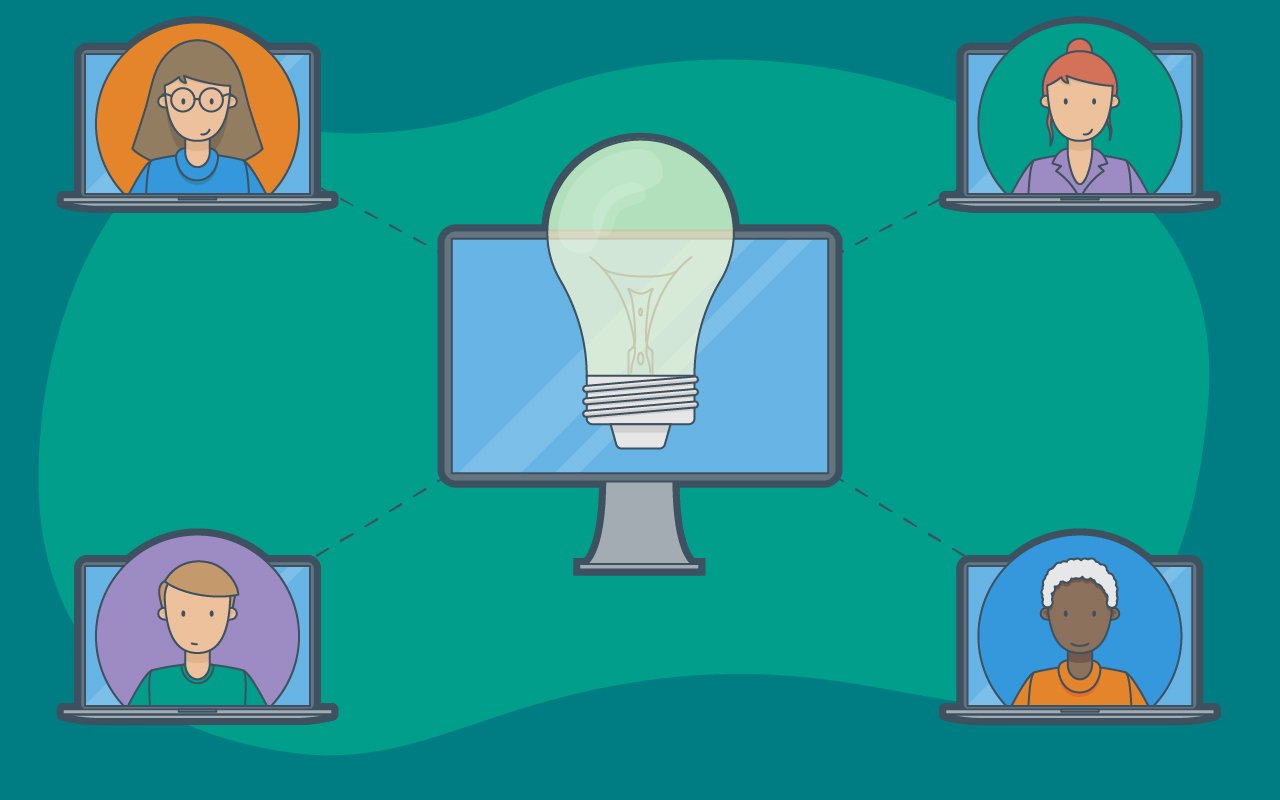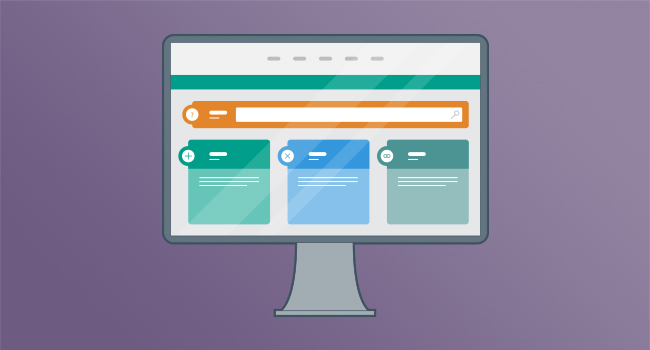EV Blog
Andrew Reynolds | May 21, 2020
10 Examples of ITSM Self-Service Software in Action
As more businesses look to reduce costs, IT self-service capabilities become vital.
Self-Service helps end-users access stored knowledge, complete requests, and ultimately, support a shift-left initiative. These capabilities can be used with an IT Service Management (ITSM) software, and when combined can help reduce costs and mature IT.
How Does Self-Service IT work? ITSM Self-Service Capabilities and Features
ITSM self-service works by combining information stored in a knowledge database with an existing ITSM platform. Together, ITSM self-service provides comprehensive answers to common questions, helps create and track tickets, and ultimately reduces call time to the service desk. ITSM with a self-service portal can also increase productivity by as much as 30%.
For IT professionals, self-service frees them up to handle more complex tickets while the employee or customer is able to perform simple tasks with the guidance of stored IT processes.
An ITSM self-service software can operate from a cloud for remote or blended employees or can be implemented on premises. IT self-service is more than a single portal to input requests for help; rather, it can provide help through multiple channels like mobile apps, intranet, social networks, and chatbots.
ITSM in Action: IT Self-Service Portal Examples
ITSM self-service capabilities can span across departments and can ultimately promote overall productivity for every member of the team. These 10 examples of IT self-service in action are just a few of the myriad of the ways to use this helpful tool.
Example #1: 4 a.m. Password Resets
When your workforce is blended or remote, schedules are not always 9 to 5 – which means that whenever your employees are working (even if it is 4 a.m.) they may run into issues with logging in. When that happens, self-service is available 24/7. The IT service desk doesn’t need to man the desk at odd hours when self-service is involved, and those pesky password resets can be done anytime, anywhere.
It is also worth noting that by moving password resets to self-service, your IT help desk can better support the shift-left initiative.
Example #2: “Please DO NOT Hold, Your Ticket is Important to Us.”
IT self-service ensures that you are not stuck waiting on hold for a service desk agent. Rather, if you cannot find the answers you need in the knowledge base, you can submit your own ticket. This saves time for both the employee and the help desk agent and lowers wait times as agents can work through requests more quickly.
A great example of this is if a system goes down during a busy workday. Chances are that several employees will call into the help desk, quickly creating a long hold-time. However, with IT self-service, employees can quickly create a ticket and access information about the outage. On the IT side, the service desk can communicate an ETA on when the issue should be resolved, effectively providing workarounds in the meantime.
Example #3: “I Need Access to Knowledge, and I Need it Fast!”
Employees are used to accessing knowledge quickly because in their personal lives, answers are just a click away. At work, the drive for lightning-fast knowledge at your fingertips is even more pronounced because at times, a project may depend on it.
ITSM self-service capabilities can include access to knowledge and can track and identify gaps in knowledge so that they may be resolved faster. When combined with apps or add-ons, like chatbots, the information can be accessed even more easily. This is all supportive of the shift-left initiative and can empower employees to better complete their tasks.
Example #4: Error: Cannot Print!? Resolving Repeated Errors
Repeated errors are frustrating. For example, imagine encountering constant printing errors despite following the correct procedure. These types of calls to the IT service desk can eat away at productivity for everyone involved. However, an IT self-service portal can guide the user through the printing process, including instructions on repeated known errors and how to resolve them.
The benefits of this are twofold: first, the employee is able to complete their task and continue working more quickly. Second, if an error is repeatedly searched for or a ticket is constantly created, it can alert the help desk to a potential issue with the hardware or software so that they may better resolve the problem long-term.
Example #5: “ Help! My Laptop is Clunky!” Asset Upgrade Requests
One of the major features of IT self-service is the ability to request equipment upgrades and report issues with existing equipment before the situation becomes dire. For example, if you have an outdated laptop that is struggling to keep up with new or updated software, ITSM self-service will allow you to report repeated issues which may flag your equipment for an upgrade.
On the IT side, ITSM self-service software can track how many times a person searches for an answer for an incident on an outdated device and alert of potential issues as they develop rather than trying to solve them once they have already happened. This allows both the user and the IT service desk to stay ahead of the need for new equipment before information is lost by a system crash.
Example #6: Did You Try Restarting? Clear Your Cache?
When you contact the IT service desk, there is a good chance the agent will begin by asking you a few common questions. For example: did you try turning it off and turning it back on? Did you clear your cache? In IT circles, this has become the subject of many comic strips and jokes, but it is because sometimes, the problem really can be resolved that easily.
When you have an effective, efficient ITSM self-service protocol in place, users can be reminded of these simple steps before reaching an agent. This means that by the time the agent is contacted, the first steps have been attempted and if it still hasn’t worked, the IT team will know that it is, in fact, a bigger issue that needs to be repaired.
Example #7: Team Changes, Management Moves, and Staff Schedule Differences: ITSM Self-Service Won’t Lose Your Ticket
The recent pandemic shook things up in several ways. One of the major shake-ups has come in the form of sick days, unscheduled time off, team changes, downsizing, or management moves.
When these changes happen in the service desk, tickets in progress can fall through the cracks. However, with effective IT self-service, even if management changes or staff schedules alternate, tickets can continually be submitted, and progress can be saved without having to remember with whom you last spoke or where you left off.
Example #8: Intelligent Autoresponders Accelerate Ticket Resolution
ITSM self-service software with intelligent autoresponders, like chatbots, can accelerate ticket resolution and make sure that you are kept aware of the status without involving a live human. These bots can also alert the support team of outstanding tickets and prompt them to provide the user with an update.
Example #9: “I Tried That, and it Didn’t Work!”
ITSM self-service software can help keep track of what does and doesn’t work so that if it does become escalated, the agent is not trying the same things that already failed. This is particularly helpful when it comes to a remote team who is spread across various regions where there may be a language barrier.
IT self-service can also help provide some insight into processes that simply aren’t working so that they can be removed from the knowledge base. If an employee continually experiences the same problem, IT self-service software can track if that specific person may require additional training.
Example #10: How do I Start a Meeting in XYZ App?
Using outside apps and services, like Teams, Zoom, Skype, Hubspot, and Salesforce can often present their own challenges. An IT self-service portal with a solid knowledge management database can help users find answers to questions that may arise from using these apps without having to involve the help desk in programs or websites that may be newly implemented or that may be specific to certain departments.
The More the Merrier
An effective ITSM platform can combine chatbots, AI, and self-service, which work hand-in-hand to provide a more comprehensive experience. Together, these elements can give users the flexibility they need and can enhance the experience for the IT service desk.
See how we can help your team, no matter where they are working from, and get a personalized EasyVista Self Help demo today.
Subscribe to Email Updates
Andrew Reynolds
Andrew Reynolds joined EasyVista in 2013. He is currently serving as Director of Professional Services responsible for successful EasyVista solution delivery across the customer base, optimizing overall services efficiency, and developing new product services offerings. Reynolds previously served as Senior Manager of Professional Services & Support where he oversaw the development, implementation and training of ITSM and Self Help solutions designed to meet complex customer requirements. Before EasyVista, he held multiple roles at the ITSM software company, Hornbill, with whom he spearheaded their expansion and growth into the North American market.






